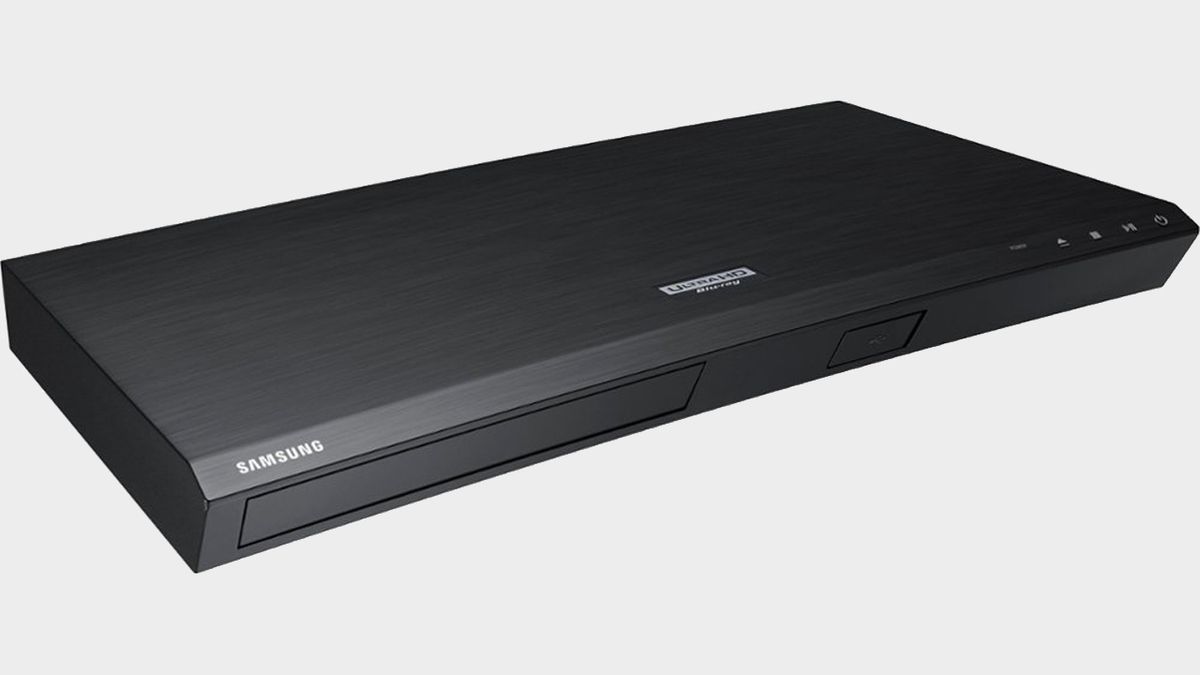

In our scene from Mission Impossible III two priests descend a staircase in the Vatican, and this is a real test for some players as they can cause the individual steps to shimmer. Image quality was generally good especially with Blu-ray material as the player passing most tests easily, equaling last year's excellent Sony BDP-S5100. Blu-ray start-up time from power off is about the same with or without Quick Start, at an average of 5.47 seconds. If you use it Quick Start you'll shave off a little time in Netflix startup - 10 seconds versus 15 - but both are still quicker than last year's already speedy BD-F5900. Quick Start is designed to be a slightly lower power-down mode with an instantaneous startup. It is simply the quickest machine I've seen in the CNET labs, with or without the Quick Start function enabled. Speed is the name of the game for this player. The Samsung player can decode all forms of both DTS and Dolby Digital soundtracks, and helpfully can also transcode DTS soundtracks into Dolby if you have a system that can't do DTS, such as the otherwise excellent Pioneer SB03 and most other sound bars.

(The H6500 is also available in the UK for £120 and in Australia for AU$170.) But whether you want this or even need it is another matter: all 4K TVs include some form of upscaling, and mostly of a better quality. At $130, it's a given that the BD-H6500 will upscale Blu-rays and other sources to 4K resolution. Most Blu-ray players these days are at the sub-$100 mark, with the few that do pop above charging for the privilege of 4K upscaling. While there are now shortcuts to apps on the main page these aren't as easy to configure as LG's own smart interface.
#Samsung blu ray smart player tv#
It's now a little busier and in many ways mimics the company's Smart TV interfaces, but the added complexity doesn't translate to better user-friendliness. The menu system is unchanged from other Samsung electronics - white text on a blue backgrounds - but the Home interface is different from last year.


 0 kommentar(er)
0 kommentar(er)
